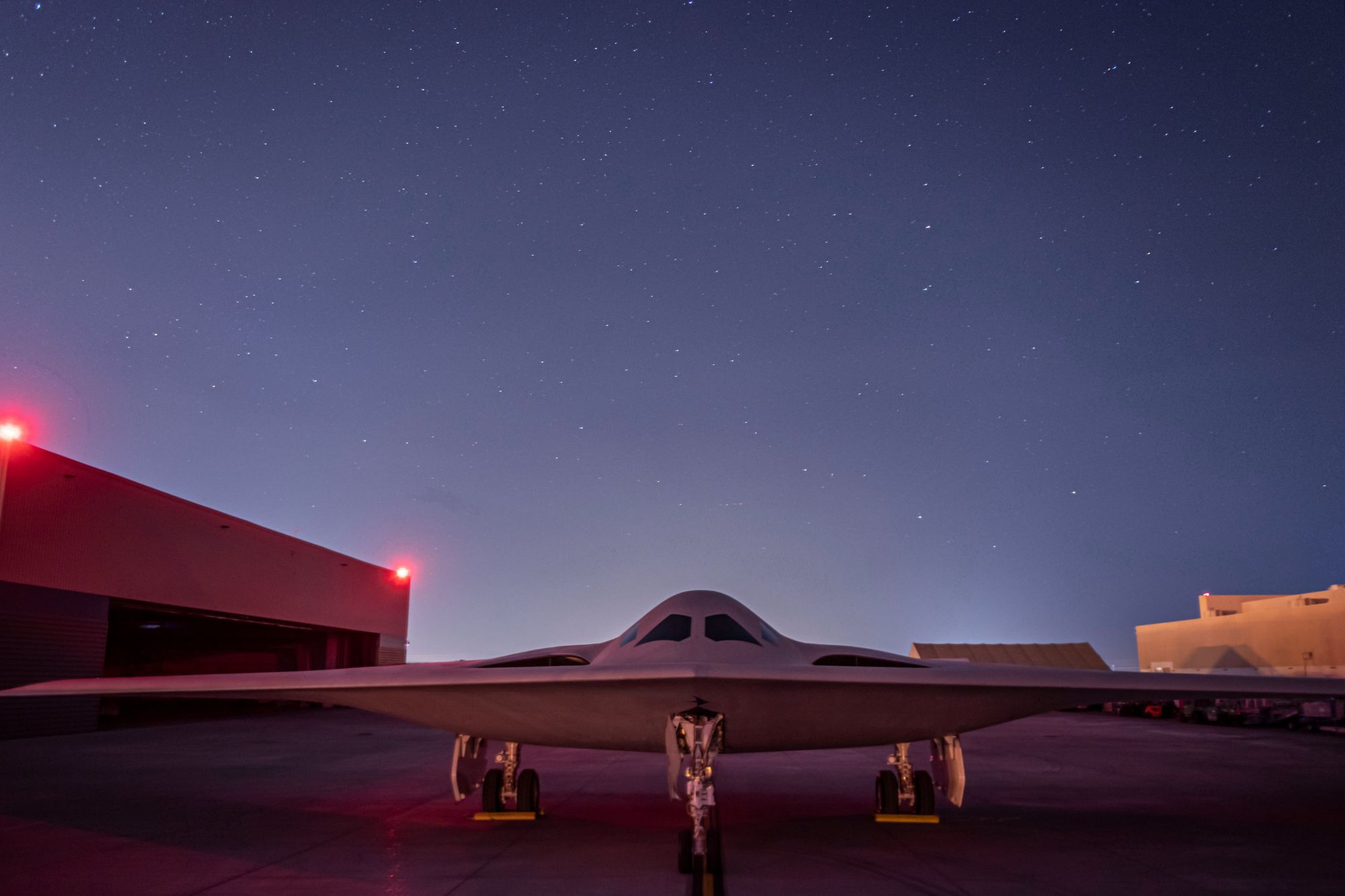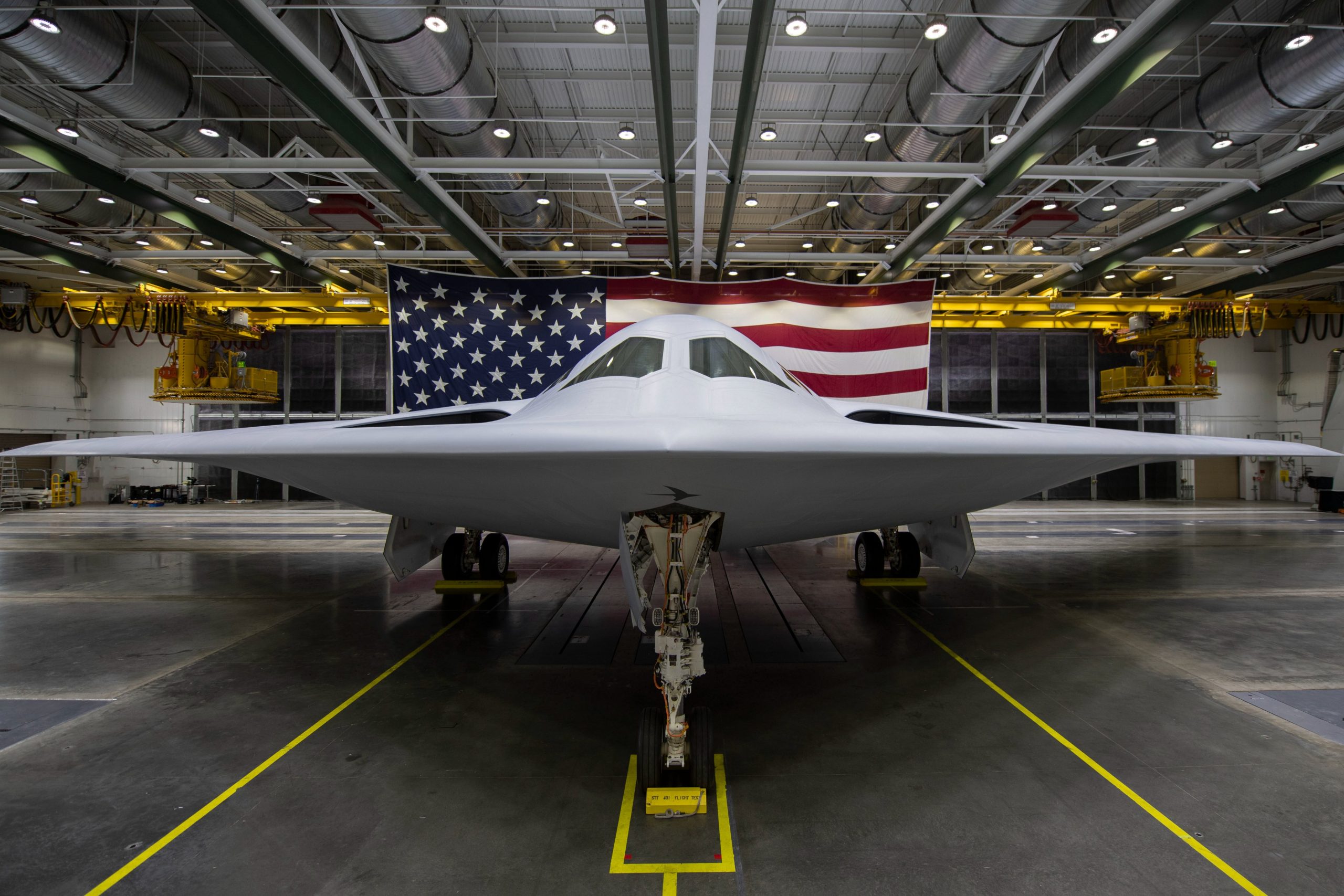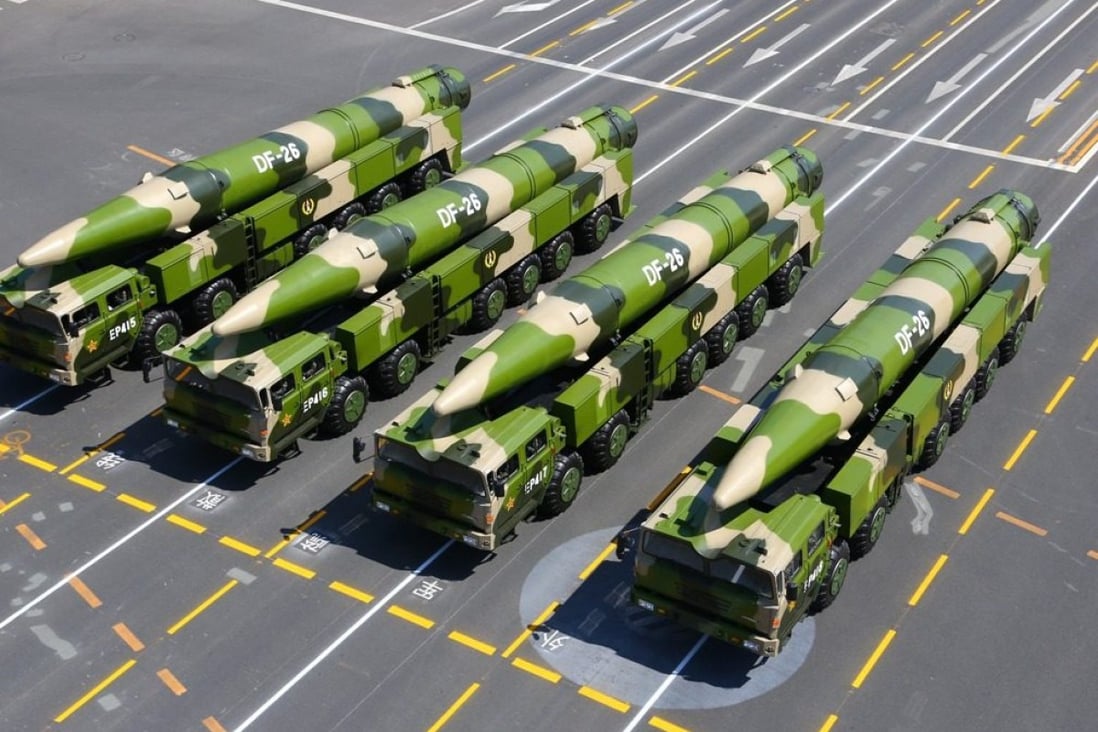Under development for over seven years, the B-21 nuclear stealth bomber ‘Raider’ finally debuted at a much-awaited event held in California, United States.
Soon after its first public appearance, experts predicted that the B-21 Raider’s 9,600-kilometer range and its 10-ton payload would seek to challenge China in the Indo-Pacific region.
The unveiling ceremony held at Palmdale in California in the wee hours of December 3 was keenly watched in China. A day later, on December 4, Chinese analysts asserted that the strategic stealth bomber was an attempt by arch-rival the United States to flex its muscles and deter China.
Alarmed by the significant capability that the B-21 Raider brings to the United States Air Force (USAF), the Chinese state-owned Global Times published an article on the B-21 Raider’s challenge to China’s security.
A Chinese military expert Zhang Xuefeng said even though the B-21 still uses a flying wing design like the B-2, it has several changes in details that will significantly enhance the bomber’s stealth capability, including reducing its radar cross-section and becoming evasive to more radio frequency bands.
Zhang admitted that the improved stealth would provide the B-21 a more robust capability in defense penetration, allowing it to drop inexpensive stand-in weapons in large numbers just over targets. He claimed that this is less expensive than employing non-stealth aircraft to launch expensive, long-range standoff missiles.
At its unveiling, EurAsian Times noted that the B-21 Raider was designed as a subsonic aircraft rather than one capable of tight fighting maneuvers. Its disclosure and eventual deployment would be the US’ first viable instrument against China’s vast logistical, technological, and doctrinal deficiencies in the Western Pacific.
With calls for an armed unification of Taiwan with the Chinese mainland growing louder among the higher echelons of the Communist Party of China (CPC) and President Xi Jinping’s exhortation of the PLA to prepare for fighting and winning wars, the US has upped the ante.
Given that backdrop, the B-21 has essentially been positioned as America’s super aircraft that would deter Chinese adventurism against Taiwan.
On its part, China is also developing a next-generation stealth strategic bomber, codenamed the H-20, to answer the B-21 Raider. According to some recent reports, the launch of the Chinese bomber could be imminent.

Earlier in August, two distinctive images of the H-20 model that could have some link to the final prototype went viral on social media. However, in the absence of any official schedule for the launch of China’s H-20 bomber, Chinese experts have devised a strategy to prevent an onslaught by the B-21 Raiders.
Chinese Experts Say ‘Raid The Raider’
Chinese experts suggested that a large fleet of B-21s will pose new challenges to China’s air defense because they can launch stealth attacks from more directions, including the West Pacific, the South China Sea, and even the territorial airspaces of Southeast and South Asian countries, as well as countries in the Middle East.
In these covert operations, US aircraft may target Chinese command centers, bases, airfields, and missile installations, causing breaches in the Chinese military’s anti-access and area denial systems.
The Chinese analysts finally suggest that to fight the B-21s, China can use its bombers to target the airfields where the US bombers are based.
It is unclear where the US B-21 Raiders will be based once they are finally ready for induction. However, Guam’s Andersen Air Base is believed to be the launch pad for the American military should a conflict break out.

In October, B-1B bombers of the US Air Force landed in Guam in the long-range aircraft’s second deployment to the island amid regional tension over Taiwan. At the time, Pentagon spokesman Brigadier General Pat Ryder said, “It is … meant to send a message that the United States stands closely with its allies and partners to deter potential provocation.”
In addition, every significant US base is within range of China’s missiles, like the DF-16, DF-17, DF-21, DF-21D, and the infamous ‘Guam Killer’ DF-26 missiles.
These US bases will likely be the first to be destroyed in the event of a full-fledged conflict. Military analysts have long discussed that if Guam and Kadena (Japan) are obliterated, US operations will be dealt a significant blow.

The military advantage that the Chinese enjoy is that they can continue to fight from home and fire down any American naval and aviation assets while incurring some acceptable and expected level of material and personnel losses.
If the People’s Liberation Army Rocket Force (PLARF) rockets were to fail, the People’s Liberation Army Navy (PLAN) and People’s Liberation Army Air Force (PLAAF) still have the manpower and technology to prevent a US involvement while the rest of China’s military takes over Taiwan.
As a result, the B-21 strategic stealth bomber, the B-52s, the B-1 Lancer, and the B-2 Spirit are expected to be at the forefront of the war in the western Pacific. With China protected with a very sophisticated Anti Access/Area Denial system that the United States has acknowledged, the utility of the B-21 Bombers to raid through them becomes even more enhanced.
Zhang further stated that China has everything it needs to create a bomber similar to the B-21. China has repeatedly hinted at creating the H-20, which is expected to feature a flying wing aerodynamic design identical to the B-2 and B-21. The arrival of H-20 will complete the PLA Air Force’s plans to achieve a nuclear triad.
- Contact the author at sakshi.tiwari9555 (at) gmail.com
- Follow EurAsian Times on Google News




